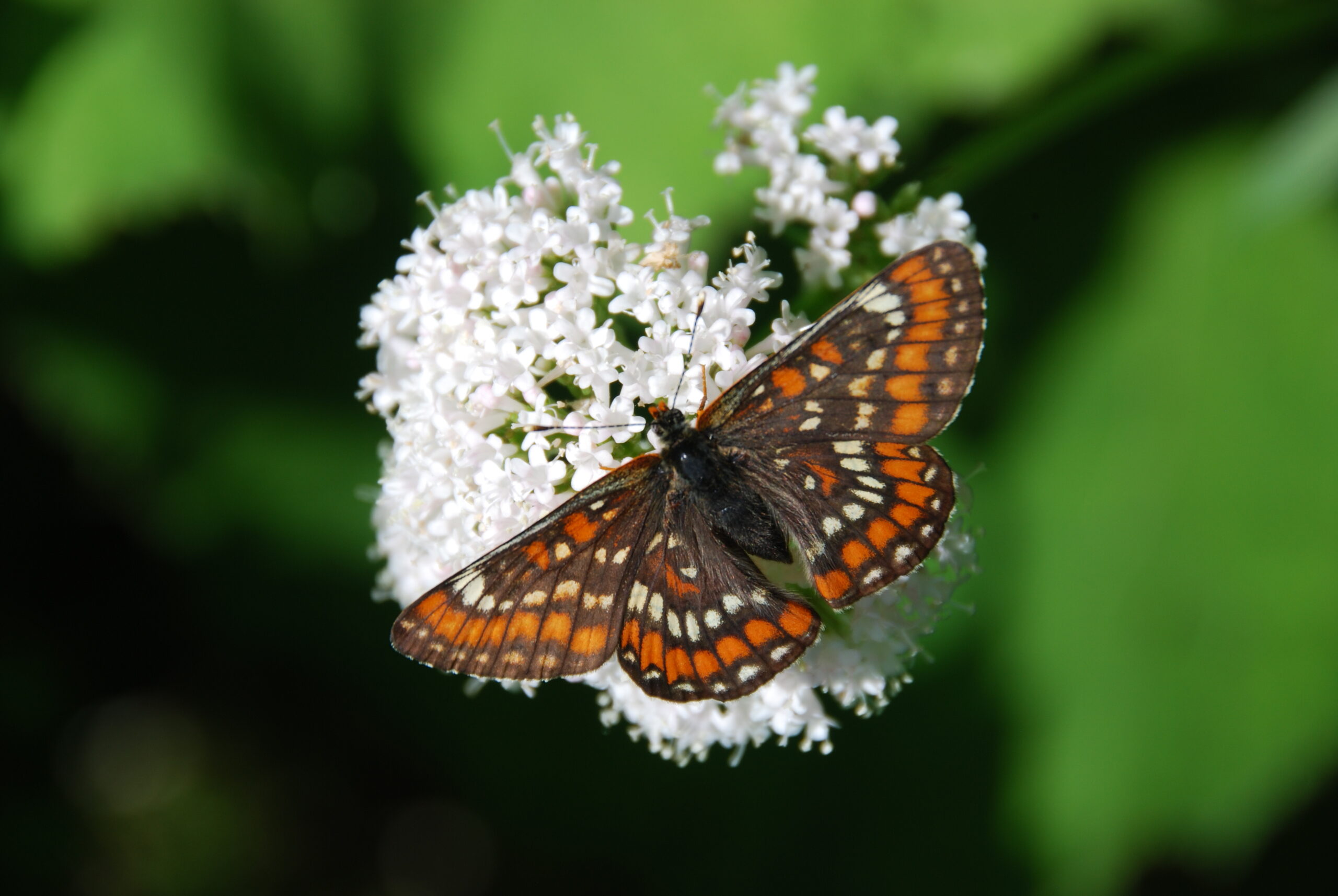BIODIVERSITY RESEARCH FROM A DIZZY HEIGHT
(or: Drones in biodiversity research)
An accurate view from high up can shed light on many complex questions! Drones, innovative camera systems and modern statistical analysis methods are playing an increasingly important role in biodiversity research, including at the newly founded Department of Environment & Biodiversity of the PLUS.
Animal and plant species must always be analysed in their habitats. Detailed data from aerial photography emerges from information taken from larger landscape sections. Butterflies, for example, need very specific resources such as different biotic and abiotic conditions for successful development. At the same time, however, they require a very specific environment with a variety of forest structures and transitions to open land, and an alternation of sunny and shady areas.
Complex camera systems attached to drones can be used to fly over and analyse ecosystems and landscape sections over large areas. The high-resolution photos depict the environment with centimetre precision. This information can also be collected for relatively large areas and successfully processed with the help of extensive computing power.
Cooperation project with the Haus der Natur
A cooperation project with the Haus der Natur in Salzburg demonstrates the high value of these technological possibilities in biodiversity research. Last summer, staff from the Department of Environment & Biodiversity used a drone to fly over the forests along the Taugl stream near Hintersee, 20 km south of Salzburg. Based on these aerial images, the habitat requirements of the EU-wide protected and endangered scarce fritillary butterfly were successfully analysed for the individual microhabitats. This information was then projected onto a surface.
The results, published in the international journal Landscape Ecology, show that rare species such as the scarce fritillary depend on dynamic and sparse ecosystems and specific woodland environments. The study clearly shows that a collaboration between disciplines using modern technologies can provide new and valuable insights.
Further information
- Read the article in the international journal Landscape Ecology.
- Read more about Jan C. Habel on the PLUS website
- You can find all PLUS Dossier articles HERE





